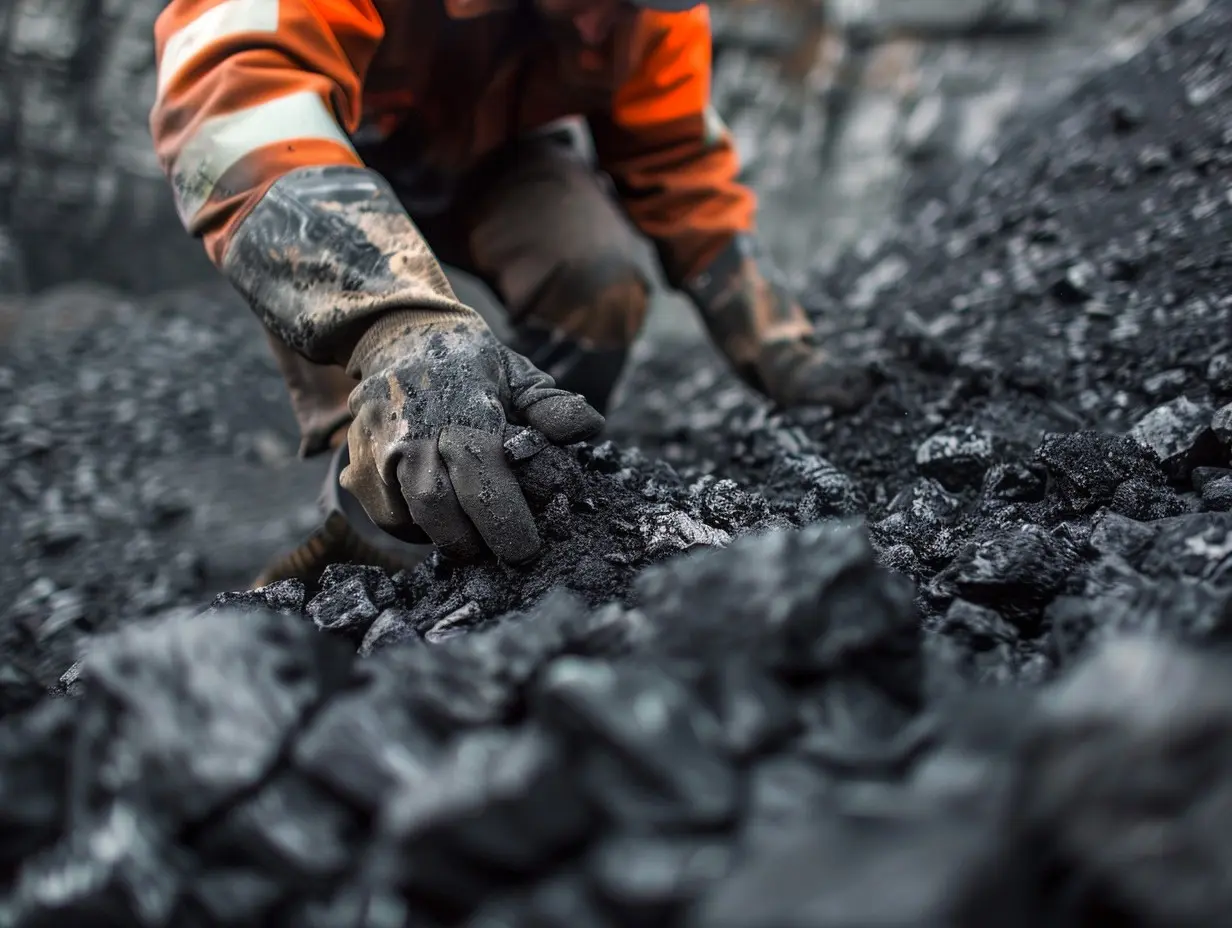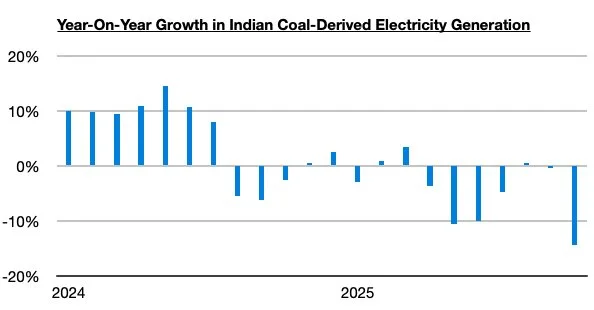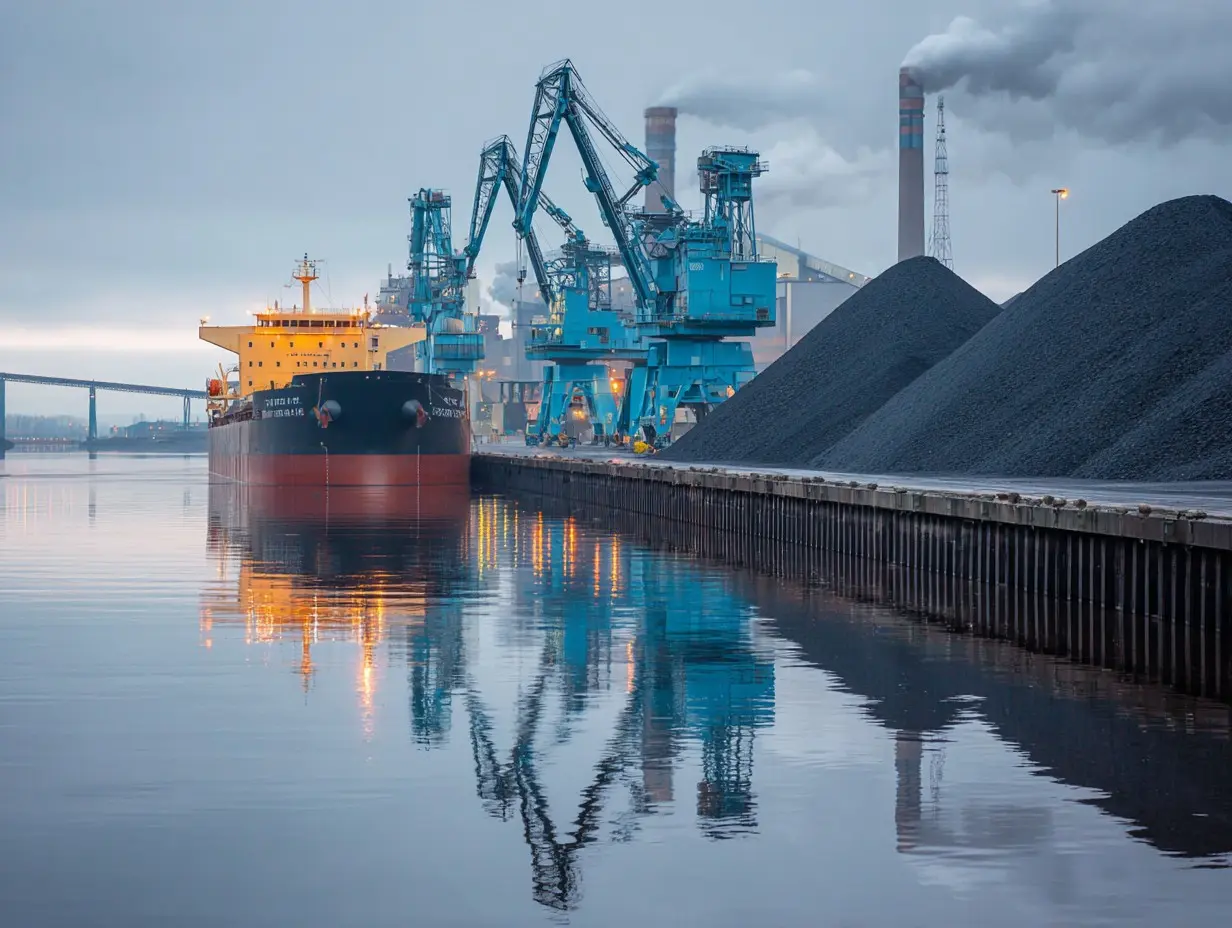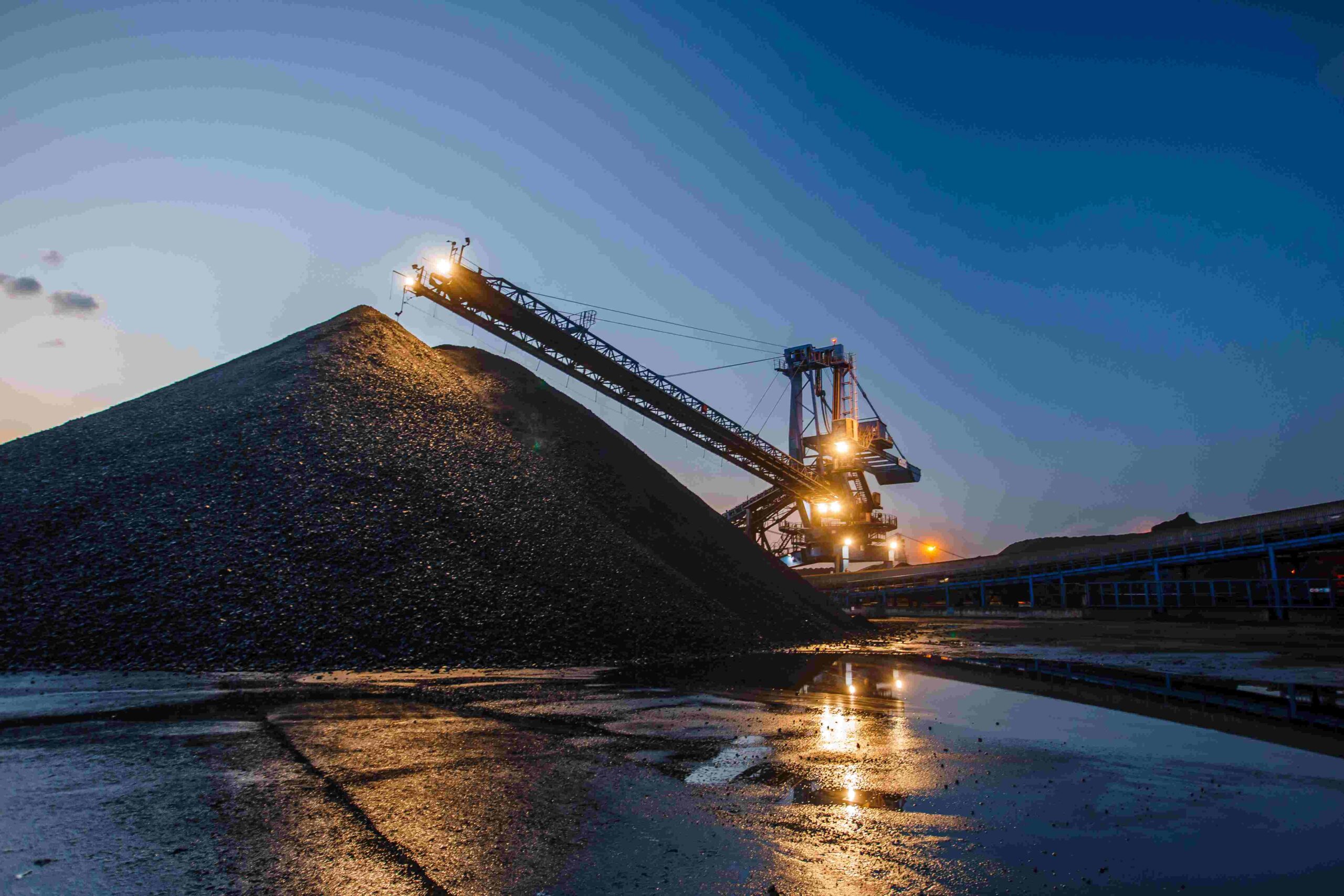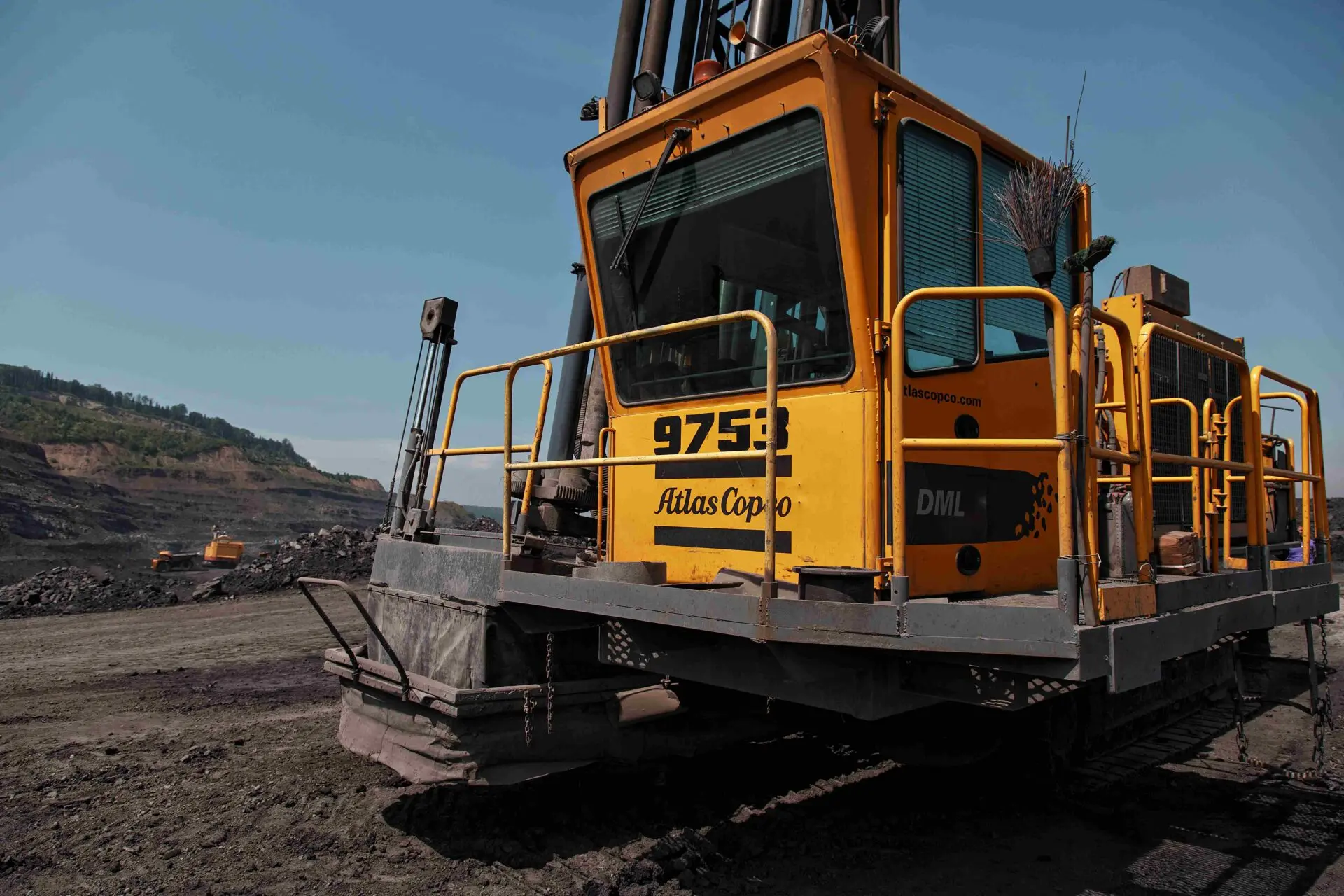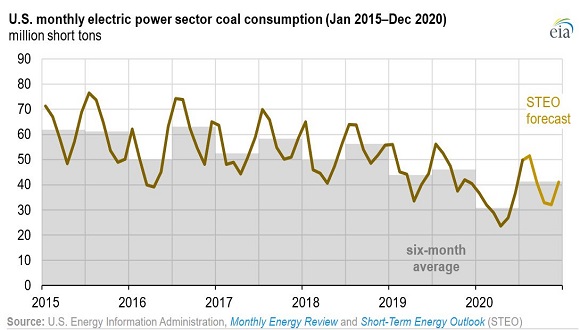
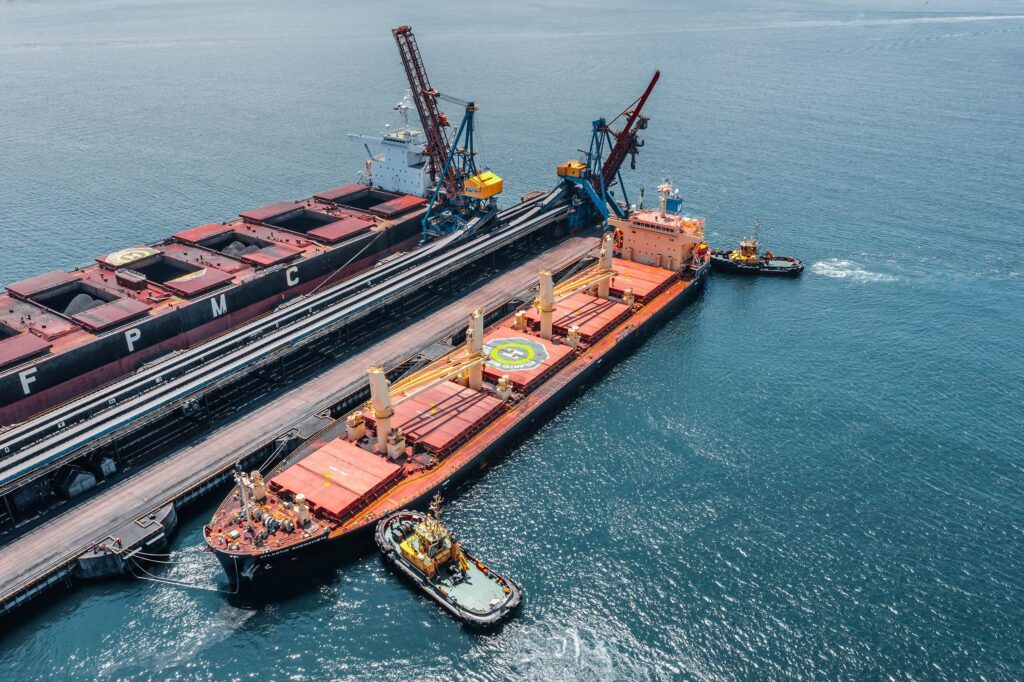
Over the past week, thermal coal indices on the European market continued to sink below 120 USD/t under pressure from unfavorable fundamentals, such as low demand, full EU gas storage facilities and lower gas prices.
The Association of German Coal Importers (VDKi) called for the extension of coal-fired backup power plants, the operation of which was initiated to combat the energy crisis last year but is due to end in March 2024. VDKi argues its position by the uncertainty in the energy markets caused by the situation in the Middle East and Ukraine, as well as the volatility of LNG prices. VDKi expects Germany to import 21 mio t of coal by the end of 2023 (-12 mio t vs. 2022).
Gas quotations at the TTF hub fell to 505.8 USD/1,000 m3 (-15.2 USD/1,000 m3 w-o-w) on the back of filled gas storages in the EU and a 7% increase in supplies from Norway.
South African High-CV 6,000 was holding at the level of 110 USD/t. Logistical constraints in South Africa failed to support quotations, which are pressured by weak demand in Europe as well as the general downtrend in the international market.
South African operator Transnet Port Terminals suspended nominations of new vessels at Richards Bay port starting from November 20, challenging the possibility of coal exports through all terminals of the port, except Richards Bay Coal Terminal (RBCT) from March 2024. The operator restricted nominations of vessels and deliveries by road to curb multi-kilometer traffic jams of coal trucks, while this measure does not affect the RBCT terminal, where coal is delivered only by rail. However, vessels, already nominated and scheduled to be loaded by the end of February 2023, are guaranteed to be handled. South Africa’s president joined coal transportation issues and is already involved in Transnet’s negotiations with shippers.
In China, spot prices for 5,500 NAR coal at the port of Qinhuangdao slipped 1 USD/t to 131 USD/t. Despite the cold weather, Shenhua Energy cut third-party coal prices twice in the past week, putting pressure on quotations. In addition, daily coal consumption at the 6 largest coastal thermal power plants in China decreased to 795,000 t vs. 801,000 t a week earlier.
Coal stocks at Qinhuangdao port amounted to 6.3 mio t, while combined inventories at 9 major ports decreased to 28.9 mio t (-0.2 mio t and -0.2 mio t respectively w-o-w).
Indonesian 5,900 GAR dropped 1 USD/t to 92 USD/t. Prices in Indonesia remain under pressure following reduced buying activity and the upcoming agreement on an increase in production quotas. However, the growth in Chinese demand for Low-CV material supported the respective quotations.
Australian High-CV 6,000 went down to 120-122 USD/t amid limited interest from Asia-Pacific countries. In addition, market participants are adhering to a wait-and-see approach in view of falling prices in China and lack of progress in negotiations between Australian suppliers and Japanese consumers to determine a benchmark for the period October 2023 – September 2024. Given the absence of a benchmark, Glencore’s October deliveries to Tohoku Electric were presumably made at an index rather than a fixed price.
Glencore announced that it will separate its coal business into a stand-alone entity by 2026.The new company’s shares, according to the statement, will be traded on the New York Stock Exchange (NYSE).
Australian HCC metallurgical coal indices surged to 320 USD/t on stable demand, driven by the restocking needs of some steel producers in China. In addition, there were 3 accidents in the Chinese province of Shanxi, that may lead to the shutdown of mines with a capacity of about 20 mio t of metallurgical coal per year.
Source: CAA

